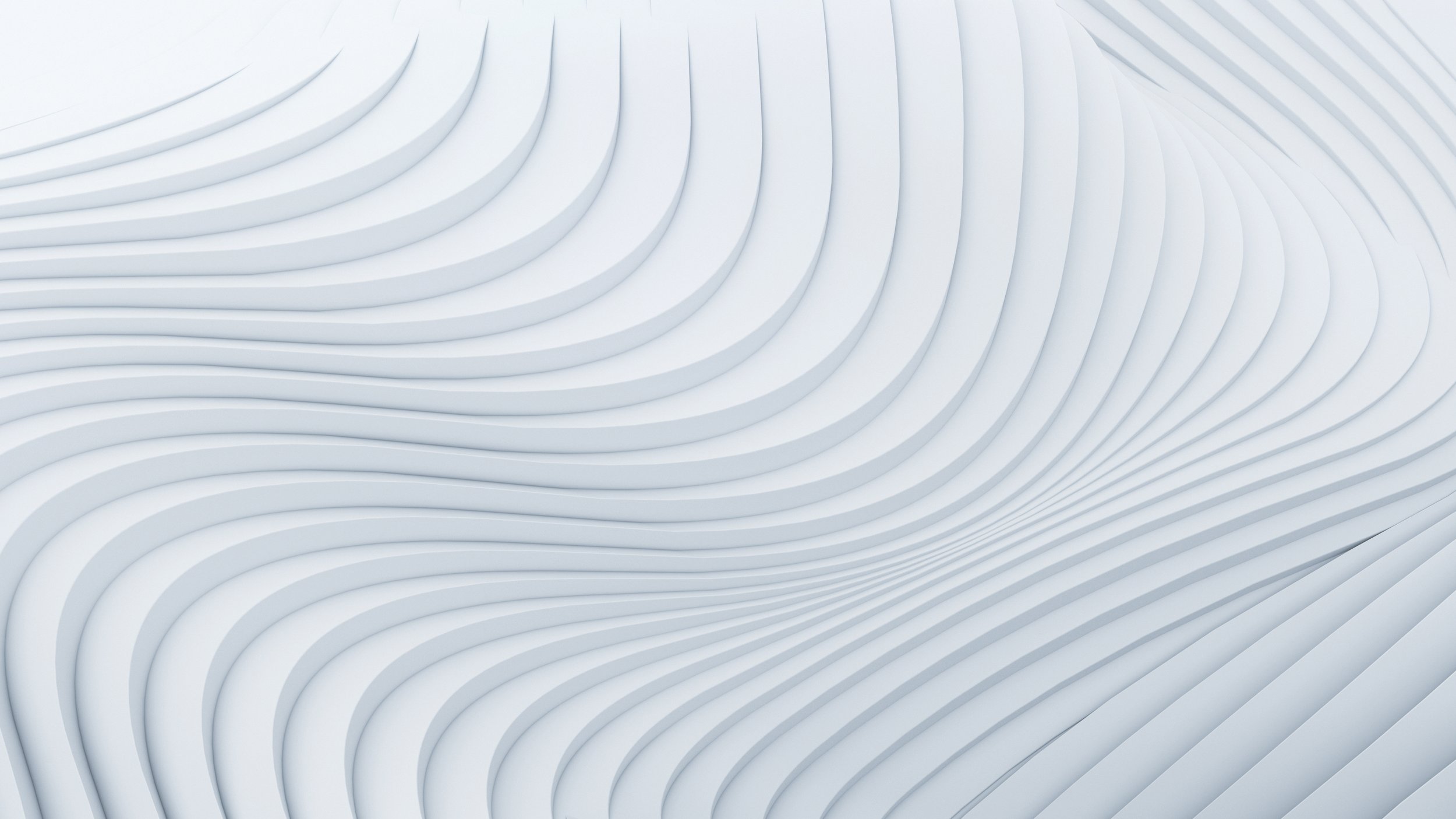Understanding the Difference Between a Lactic, Salicylic, and Glycolic Acid Peel
/
If you are looking for a way to brighten skin, soften lines, diminish pores, and treat blemishes, a chemical peel may be a good option for you. This type of treatment improves the appearance of your face, neck, or hands by applying a chemical solution that exfoliates the skin and eventually causes it to peel off. Each chemical solution varies in concentration, duration of time left on the skin, and depth of the peel on the skin. The deeper the peel, the more dramatic the results.
At Leah Nickie ADVANCED AESTHETICS, we offer three types of light chemical peels: lactic, salicylic, and glycolic acids. They all help to improve the appearance of mild skin discoloration, soften fine lines and wrinkles, and remove germs, dead cells, and toxins from the skin; however, they do not cause any visible shedding or flaking. Additionally, each uses low-strength acids, so recovery time is minimal. These types of light peels can be performed as often as every two to three weeks, depending on your skin type. As with all peels, your skin may be more sensitive to the sun for a few days following treatment, so it is essential to keep it moisturized and protected with broad-spectrum sunscreen.
Learn about the differences between these light peels so you can determine which is best for you:
Lactic Acid Peel
Often referred to as a “lunchtime peel” because of its quick recovery time, a lactic acid peel is one of the gentlest chemical peels available. Derived from sour milk, lactic acid is an alpha hydroxy acid (like glycolic acid), but is much gentler and therefore preferable for those with sensitive skin. These provide many of the same benefits as stronger chemical peels, without the intensity.
Salicylic Acid Peel
If you count acne, blackheads, pimples, and large pores among your skin care challenges, a salicylic acid peel might be the right choice for you. With compounds closely related to aspirin, salicylic acid’s anti-inflammatory properties make it another great choice for sensitive skin types. In addition to encouraging the removal of dead cells from the skin’s outer layer, salicylic acid peels stimulate the renewal of underlying skin cells and reduce scarring, fine lines, wrinkles, and blemishes. This replenishing process leaves your skin feeling refreshed and looking younger.
Glycolic Acid Peel
Part of the alpha hydroxy family, glycolic acid is one of the most common peel solutions and is often used to treat both wrinkles and acne. It works as an exfoliant by going beneath damaged areas of the skin and encouraging the removal of the top layer. Once this layer is removed, a fresh, new layer of skin is visible. Similar to a lactic acid peel, recovery time after a glycolic acid peel is limited, and in most cases, side effects are minimal. We offer blended, medium-depth peels that contain multiple acids in one formula, which we can customize based on the skin conditions we are addressing. Unlike the light peels described above, these peels cause skin to visibly shed and require down time after the procedure. Your skin will also be significantly more sensitive to the sun afterward; we generally recommend you do this type of peel in the fall/winter months so sun avoidance is easier.
No matter which peel you choose, be sure to listen closely to the discharge instructions that are given by your aesthetician, and adhere to them for the duration of your recovery.
Ready to book your own chemical peel? Schedule a consultation at Leah Nickie ADVANCED AESTHETICS today and let our team help you determine the most appropriate type of treatment for your skin.
Feature Photo via Unsplash









